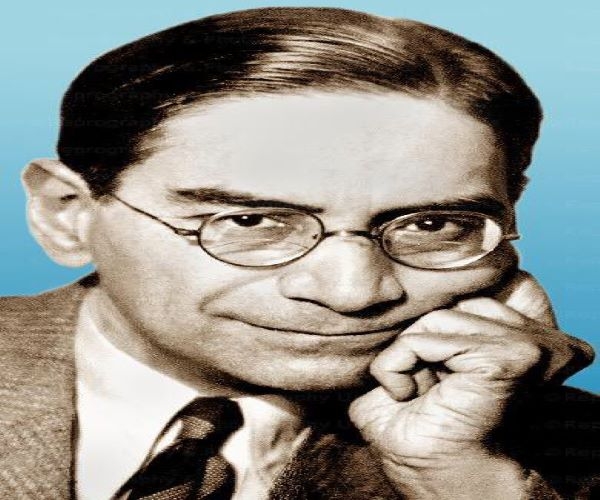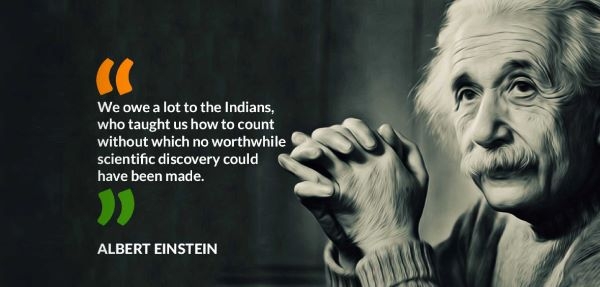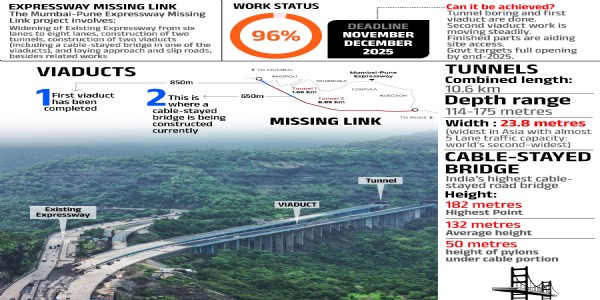Tribute to the Father of the Modern Statistics in India on National Statistics Day
Total Views | 217
New Delhi, June 29: What is said to be the biggest gift of India to the world? It is ‘Zero’! Some Criticism-lovers might reiterate this statement sarcastically. Let them enjoy! But, a world famous quote by the universe-famous scientist Albert Einstein is worth mentioning here - “We owe a lot to the Indians who taught us to count, without which no worthwhile scientific discovery could have been made.”
The purpose of remembering the evolution of Mathematics in Indian context is that today is the 126th birth anniversary of the Father of the Modern Statistics in India– Prasanta Chandra Mahalanobis, which is celebrated as National Statistics Day.

Most of the credit of the evolution of modern statistics, which is the twin sibling of mathematics, goes to this veteran Bengali statistician. Born on 29th June 1893, Mahalanobis received the primary education at the Brahmo Boys School in Calcutta. He was a fortunate boy to get the legends like Jagadish Chandra Bose and Prafulla Chandra Ray as school teachers and Subhash Chandra Bose as a college friend in his early age. After receiving a Bachelor of Science degree in 1912, he left for England in 1913 for further education where he got an opportunity to interact with mathematics maestro Shrinivas Ramanujan at Cambridge. The high yielding seed of statistics was sown in his brain during that period.
When Mahalanobis came back to India, he carried on his research in statistics along with his colleagues. Out of the passion for extensive research in statistics, Indian Statistical Institute was born in 1932 which is considered as one of the biggest contribution of Mahalanobis to the nation.
Mahalanobis conceptualized the novel idea of large scale Sample Surveys, a fantastic tool which is used today to know the status of the economy. Renowned American mathematician Herold Hotelling writes, “No technique of Random Sample has, so far as I can find, been developed in the United States or elsewhere, which can compare in accuracy with that described by Professor Mahalanobis.”
‘Mahalanobis Distance’ is one of the most widely used metric to find how much a point diverges from a distribution, based on measurements in multiple dimensions. The metric is widely used in the field of cluster analysis and classification. He also took the interest in physical anthropology and in the accurate measurement of skull measurements for which he developed an instrument that he called the ‘profiloscope’.

Mahalanobis was blessed to be one of the members of the first Planning Commission of free India. His variant of Leontief’s Input-Output model, the Mahalanobis Model was used in the Second Five Year Plan, which worked towards the rapid industrialization of India and played an unforgettable role in the development of a statistical infrastructure. He has also played a critical role in the campaign to bring India its first digital computers.
Mahalanobis died on 28th June 1972, just a day before his seventy-ninth birthday. Till the last breath, he was active in doing research work and discharging his duties as the Secretory and Director of the Indian Statistical Institute. For his honour, 29th June is celebrated as National Statistics Day of India.




